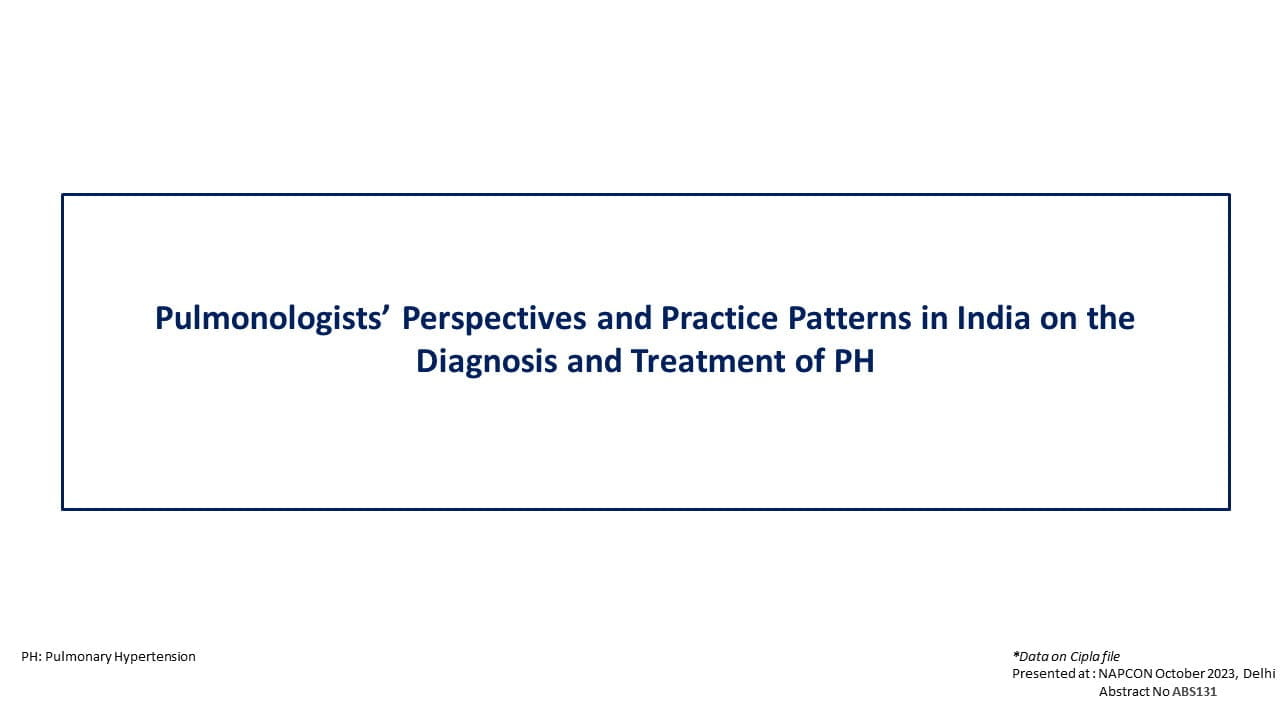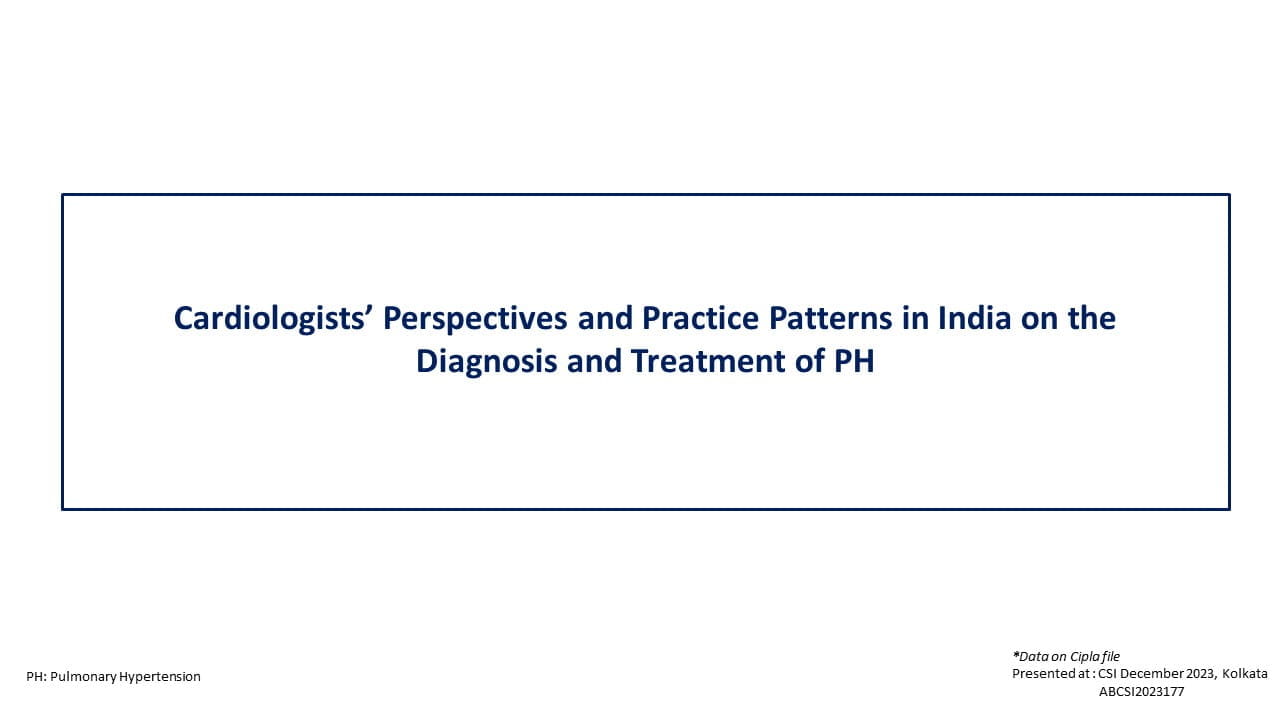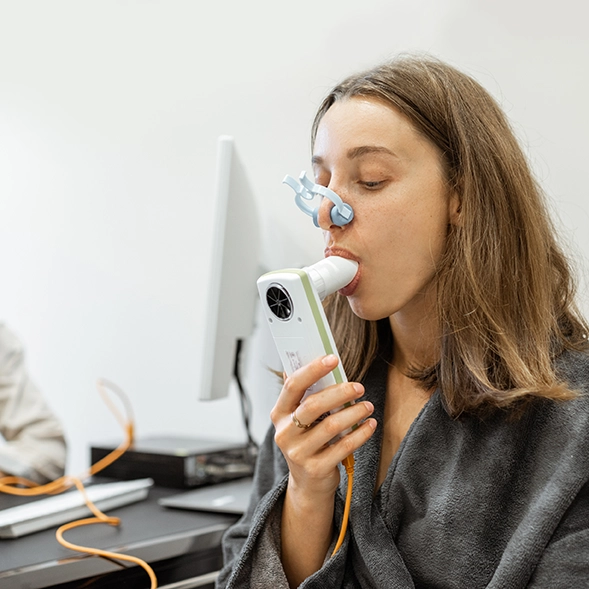Adjunctive Lacosamide Effective and Safe for Uncontrolled Partial-Onset Seizures
29 May, 25
Introduction
Third-generation antiseizure medication, lacosamide (200 mg/day to 600 mg/day), added to one or two antiepileptic drugs (AEDs) in patients with uncontrolled partial onset seizures, reduced seizure frequency
Aim
To establish the efficacy and safety of lacosamide (200 and 400 mg/day) when added to one to three concomitant antiepileptic drugs (AEDs) in patients with uncontrolled partial-onset seizures, with or without additional vagus nerve stimulation (VNS)
Patient Profile
- 485 patients (age 16–70 years) with partial-onset seizures with or without secondary generalizations
Method
Study Design
- Multicenter, double-blind, randomized, placebo-controlled, parallel group trial
- Patients were randomized to placebo, lacosamide 200, or lacosamide 400 mg/day
- The trial consisted of an 8-week baseline, a 4-week titration (placebo or lacosamide 100 mg/day, which was further increased to either 200 mg or 400 mg at the beginning of week 4), a 12-week maintenance period and a 2-week transition period (were transitioned from their maintenance dose to lacosamide 200 mg/day in an open-label lacosamide extension trial) or a 2-week taper period (trial medication was tapered by 200 mg/day each week)
Endpoints
- Primary efficacy endpoint: the change in seizure frequency per 28 days from baseline to the maintenance period; and the 50% responder rate
- Secondary efficacy endpoint: the percent change in seizure frequency per 28 days from baseline to the maintenance period, number and proportion of patients achieving seizure-free status throughout the maintenance period for patients completing the maintenance period, and proportion of seizure-free days during the maintenance period for patients entering the maintenance period
- Safety endpoints: adverse events (AEs); patient withdrawals due to AEs; changes in laboratory values, 12-lead ECG readings, vital sign and body weight measurements, and physical and neurologic examination findings
Results
Efficacy
- The median percent reduction in seizure frequency per 28 days from baseline to maintenance period was significantly higher with lacosamide as compared to placebo (35.3% for 200 mg/day, p = 0.02 and 36.4% for 400 mg/day, p = 0.03 vs. 20.5% for placebo) in the intent-to-treat (ITT) population (Figure 1)
- Lacosamide significantly reduced the seizure frequency per 28 days from baseline to the maintenance period in the per protocol population as compared to placebo (35.3% for lacosamide 200 mg/day, p = 0.04 and 44.9% for 400 mg/day, p = 0.01 versus 25.4% for placebo)
- Lacosamide 400 mg/day group achieved a higher 50% responder rate versus placebo (40.5% vs. 25.8%, p = 0.01, in the ITT population and 46.3% vs. 27.5%, p < 0.01 in the per protocol population)
- A higher proportion of patients in the lacosamide group achieved seizure-free status among those completing the maintenance period (3.6% in 200 mg/day group and 2.4% 400 mg/day group versus 2.1% in placebo group)
- Lacosamide 400 mg/day significantly increased 5% in the percentage of seizure-free days over placebo during the maintenance period was observed for lacosamide 400 mg/day (p = 0.01)
Figure 1: Comparison of the effect of lascosamide and placebo on the primary endpoint in patients with uncontrolled partial-onset seizures
Safety
- The incidence of treatment-emergent AEs (TEAEs) was generally low with lacosamide and most events were considered mild or moderate in intensity; dose-related TEAEs included dizziness, nausea, and vomiting
- Trial discontinuations during the treatment period because of AEs (diplopia, vertigo, vomiting and convulsion) were 4.9% in placebo, 6.1% in lacosamide 200 mg/day, and 15.1% in 400 mg/day
- Overall percentage of patients experiencing serious AEs (convulsion, epilepsy, grand mal convulsion, and psychotic disorder) during the treatment period was greater with lacosamide treatment compared to placebo (3.7%, 8.0%, and 9.4% of patients in the placebo, lacosamide 200 mg/day, and 400 mg/day treatment groups, respectively)
- No deaths were reported
- Lacosamide had no clinically important effects on ECG variables and did not report abnormalities in comprehensive chemistry, hematology, urinalysis, laboratory evaluations, periodic physical and neurologic examinations, assessments of vital signs, liver enzymes, and body weight
Pharmacokinetics
- Mean plasma concentrations of lacosamide remained stable during the maintenance period
- Mean plasma concentrations for the common concomitant AEDs generally were not affected by concomitant intake of 200 mg/day and 400 mg/day lacosamide
Conclusion
- Lacosamide 200 mg/day and 400 mg/day significantly reduced seizure frequency in patients with uncontrolled partial-onset seizures when added to one to three concomitant AEDs
- Adjunctive lacosamide was generally well tolerated compared to placebo, and it did not produce clinically meaningful changes in plasma concentrations of commonly used concomitant AEDs
Epilepsia 2009; 50(3): 443–453










